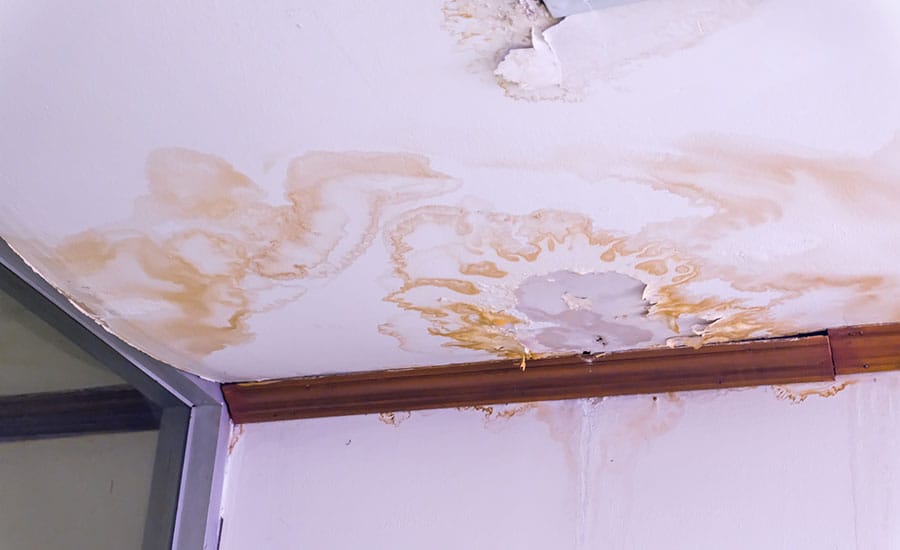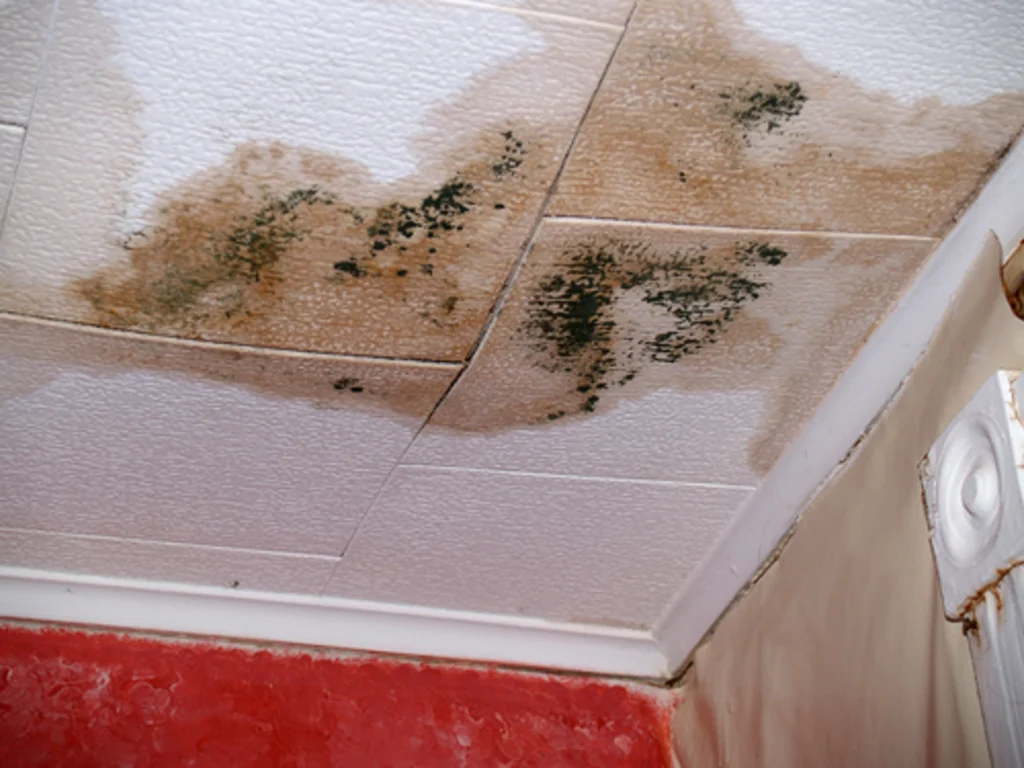Water damage is one of the most pervasive issues faced by homeowners and property managers, often leading to significant structural problems and health hazards. Accurately assessing the extent of water intrusion is crucial for effective remediation and restoration. This is where moisture meters come into play; these indispensable tools allow professionals to measure moisture levels in various materials, ensuring that water damage is identified and addressed promptly before it exacerbates.
In this article, we will explore the different types of moisture meters available, their applications in water damage assessment, and the benefits of using these devices to mitigate risks associated with excess moisture. Whether you’re a seasoned restoration expert or a concerned homeowner, understanding how to effectively utilize moisture meters can empower you to make informed decisions in the face of water-related emergencies.
Types of Moisture Meters
Moisture meters come in several varieties, each designed for specific applications in assessing water damage. The most common types are pin-type and non-invasive (or pinless) meters. Pin-type meters use two electrodes to penetrate the surface of materials, providing precise moisture readings by measuring electrical resistance. They are particularly effective for gauging moisture in wood and drywall. In contrast, non-invasive meters utilize electromagnetic signals to detect moisture levels without damaging materials, making them ideal for sensitive surfaces or larger areas where invasive testing is impractical. Understanding the strengths and limitations of these different types can help homeowners and professionals choose the right tool for effective moisture assessment.

Benefits of Using Moisture Meters
Utilizing moisture meters offers numerous advantages in the realm of water damage restoration. Firstly, they provide accurate readings that help identify the source of moisture intrusion, allowing for targeted remediation efforts. This is critical for preventing further degradation of building materials, which can lead to costly repairs. Additionally, moisture meters can aid in monitoring the drying process after remediation, ensuring that materials return to safe moisture levels before repairs or renovations commence. For more in-depth insights into the role of these essential tools in water damage assessment, you can refer to this website. By improving detection and monitoring capabilities, moisture meters ultimately help protect properties and the health of their occupants.
In conclusion, moisture meters are vital instruments in the assessment and management of water damage, effectively bridging the gap between detection and remediation. Their ability to provide precise moisture readings, whether through invasive or non-invasive methods, equips homeowners and restoration professionals with the necessary information to make timely and informed decisions regarding water intrusion. By facilitating accurate identification of problem areas and monitoring the drying process, moisture meters not only optimize restoration efforts but also significantly reduce the risk of long-term damage and health hazards associated with excess moisture. As awareness of the importance of these tools grows, so too does the potential for safeguarding properties and enhancing the safety and comfort of their occupants.


More Stories
How to Select the Right Immigration Lawyer for Your Case
Top 10 Best Meat & Frozen Food Suppliers You Can Trust
Easy Steps To Choose The Right Criminal Lawyer